Importance of Conservation
The region’s forests and wetlands are key to restoring the health of Lake Winnipeg because they act as natural filters against damaging nutrients.
They help to prevent floods and also serve as a massive carbon sink.
The lands and waters provide habitat for 53 species of conservation concern, of which 15 are endangered or threatened.
The 53 species of concern include 25 birds, 18 plants, 2 amphibians, 2 mammals, 1 fish, and 1 reptile.
Learn more about some of the species of concern below, and see the full list in the table at the bottom of this page.
Piping Plover
The piping plover is a stocky shorebird that nests on sandy shores, often in sparsely vegetated areas. The bird eats small insects and worms. You can find piping plovers along the shores of Lake Winnipeg, Lake Manitoba, and West Shoal Lake, and sometimes Oak Lake and Whitewater Lake.
Loss of habitat from human activity threatens piping plovers, as do high water levels that flood nesting and feeding areas or low levels that allow vegetation to grow in these spots. The ESEA, SARA, and COSEWIC list the piping plover as endangered, and IUCN lists it as near threatened. The piping plover’s ESEA S Rank is S1B, or very rare.
Monarch Butterfly
The monarch butterfly performs a remarkable multi-generational migration, travelling 4,000 kilometers from breeding grounds in Canada to winter in oyamel fir forests in Central Mexico. In the spring, a new generation of monarchs begin the long journey north.
The only food monarch caterpillars eat is Milkweed, which is found in fields, roadsides, wetlands, prairies, and open forests. Habitat loss, climate change, the use of herbicides and pesticides and an invasive species that looks like milkweed is contributing to a dramatic decline in the monarch population. SARA lists the monarch as a species of special concern, and COSEWIC lists it as endangered.
Little Brown Myotis and Northern Myotis
The little brown myotis (bat) and northern myotis are found across Canada, except Nunavut. They are small, insect-eating, hibernating bats. There are bat hibernacula (sites where bats migrate) in Manitoba, including in the Fisher River region.
White-nose syndrome, a fungal disease, is the biggest threat to the little brown myotis and northern myotis. These bats are listed as endangered by ESEA, SARA, and COSEWIC. The IUCN lists the little brown myotis as endangered but the northern myotis as near threatened.
Red-sided Garter Snake
Growing up to 130 centimetres (1.3 metres), red-sided garter snakes live in marshy areas during summer and hibernate in underground dens in winter. Every spring, tens of thousands of the non-venomous snakes emerge at the Interlake’s Narcisse Snake Dens, a world-renowned attraction.
Road mortality is a concern for red-sided garter snakes — they are at a high risk of being run over as they bask on the warm surface of roads. Crows, ravens, magpies, mink, and raccoons are also threats to the snakes. While red-sided garter snakes are not listed as endangered or threatened, they are considered a species of concern. Snake hibernacula (where they hibernate) are considered an important habitat that is of concern.
Who Ranks Species of Concern?
The Manitoba Conservation Data Centre (MBCDC), a database of information on biodiversity in Manitoba, assigns a conservation status rank (S Rank) based on how rare the plant or animal is. Learn more here.
Manitoba's Endangered Species and Ecosystems Act (ESEA) lists plants, animals, and ecosystems native to the province that are protected from being removed, destroyed, or interfered with. Learn more in this PDF.
The Species at Risk Act (SARA) is part of Canada’s strategy to protect wild plants and animal species from becoming extinct and to help in their recovery. Learn more here.
Made up of wildlife biology experts from academia, government, non-governmental organizations, and the private sector, the Committee on the Status of Endangered Wildlife in Canada (COSEWIC) is an independent panel to the Minister of Environment and Climate Change Canada. Learn more here.
The International Union for Conservation of Nature (IUCN) is made up of both government and civil society organizations and is the global authority on the status of the natural world and the measures needed to safeguard it. Learn more here.
